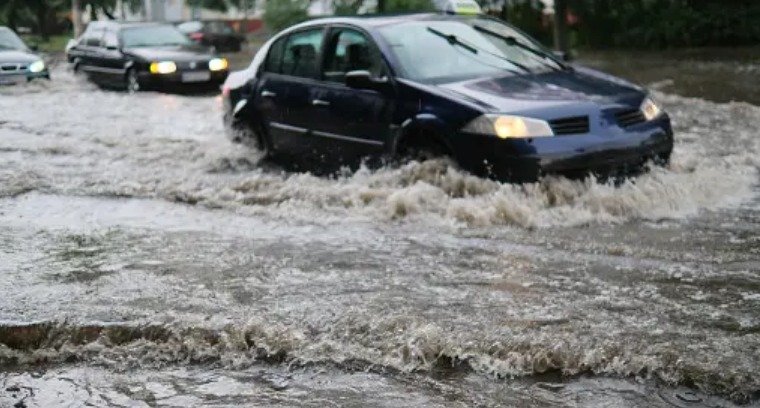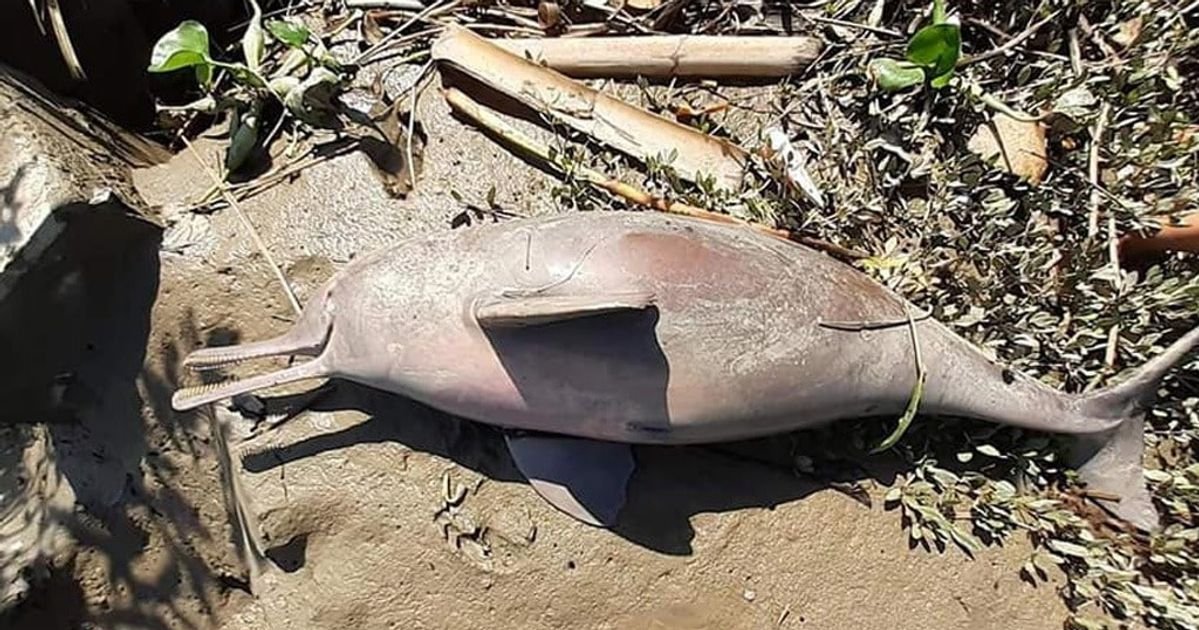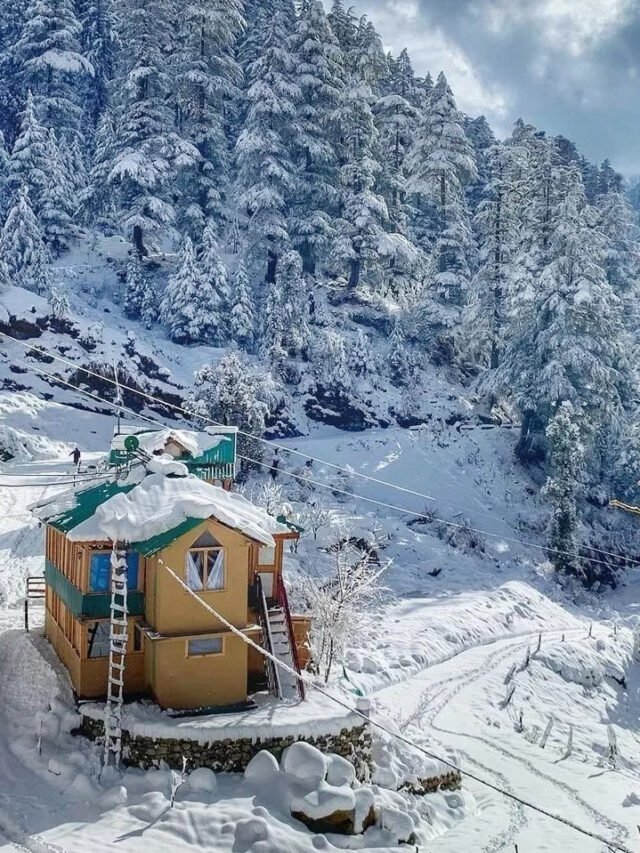HT Bureau
GUWAHATI, June 9: In a crucial step to address the escalating issue of riverbank erosion along the Brahmaputra River, Gauhati University and the Water Resources Department, Government of Assam, have announced a collaborative initiative to implement innovative anti-erosion technologies. The decision was made during a key meeting held at the Vice Chancellor’s Conference Room on Monday.
The collaboration aims to culminate in the signing of a Memorandum of Understanding (MoU) focused on deploying advanced riverbank protection technologies, such as Submerged Vane Technology and RCC Jack structures, to stabilize channels and safeguard vulnerable communities and infrastructure.
The meeting was chaired by Nani Gopal Mahanta, Vice Chancellor of Gauhati University, and attended by Bhaskar Sarma, Chief Engineer of the Water Resources Department, along with senior department officials and university faculty.
Mahanta described the partnership as a landmark initiative:
“This collaboration marks a pivotal moment in harnessing academic research to tackle Assam’s pressing environmental challenges. We are committed to delivering sustainable solutions for our people.”
A technical presentation was delivered by Nayan Sharma, recently appointed Professor of Excellence at Gauhati University. He advocated for a strategic rethinking of Brahmaputra management, including the closure of secondary channels, a technique earlier implemented with French collaboration in Assam (1963–1972) and proven successful in stabilizing the Ganga River between Varanasi and Buxar.
The meeting concluded with plans to initiate pilot projects in erosion-prone zones identified as high priority. The forthcoming MoU will formalize this joint venture, combining academic innovation with administrative implementation to protect Assam’s vital riverine ecosystems.












